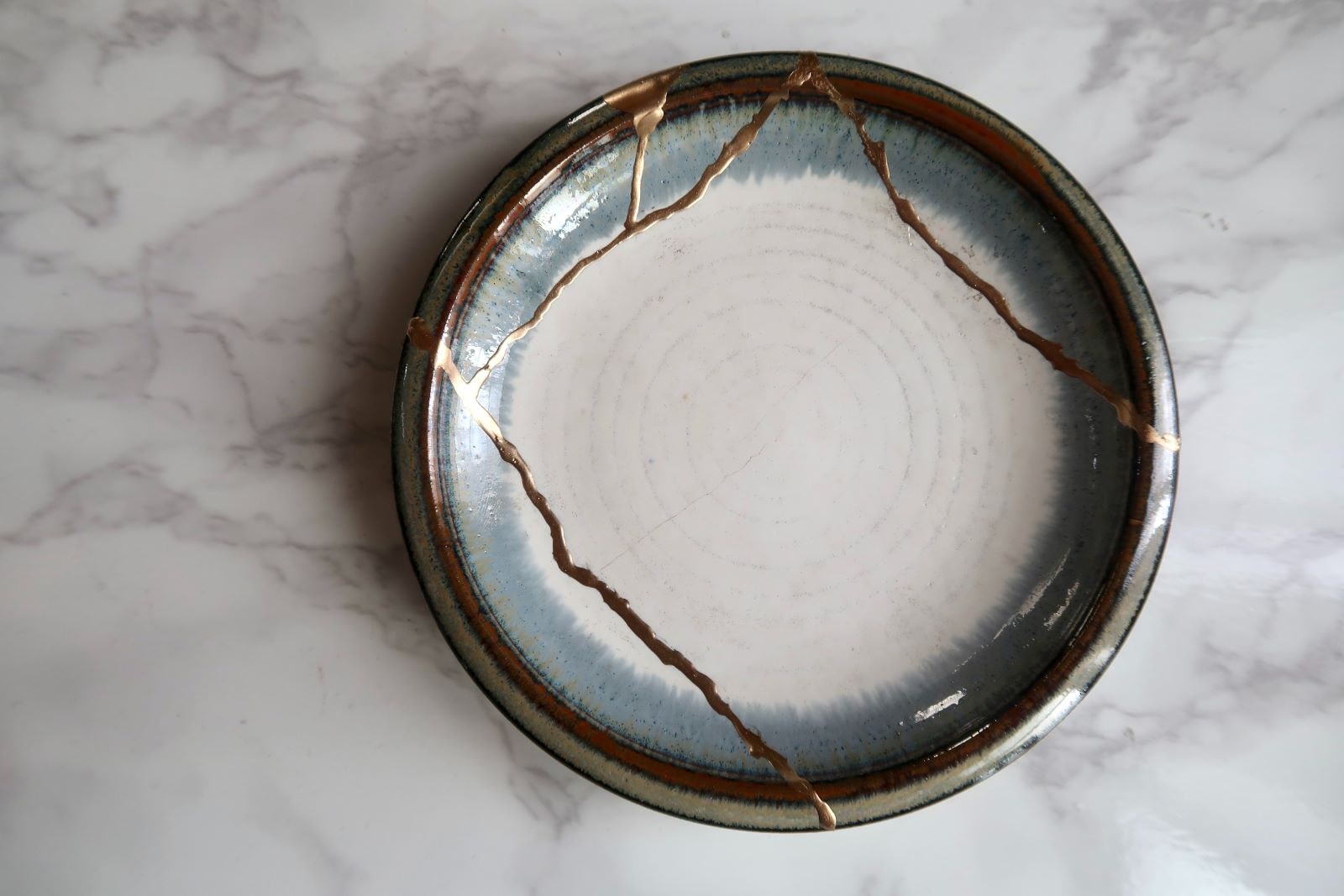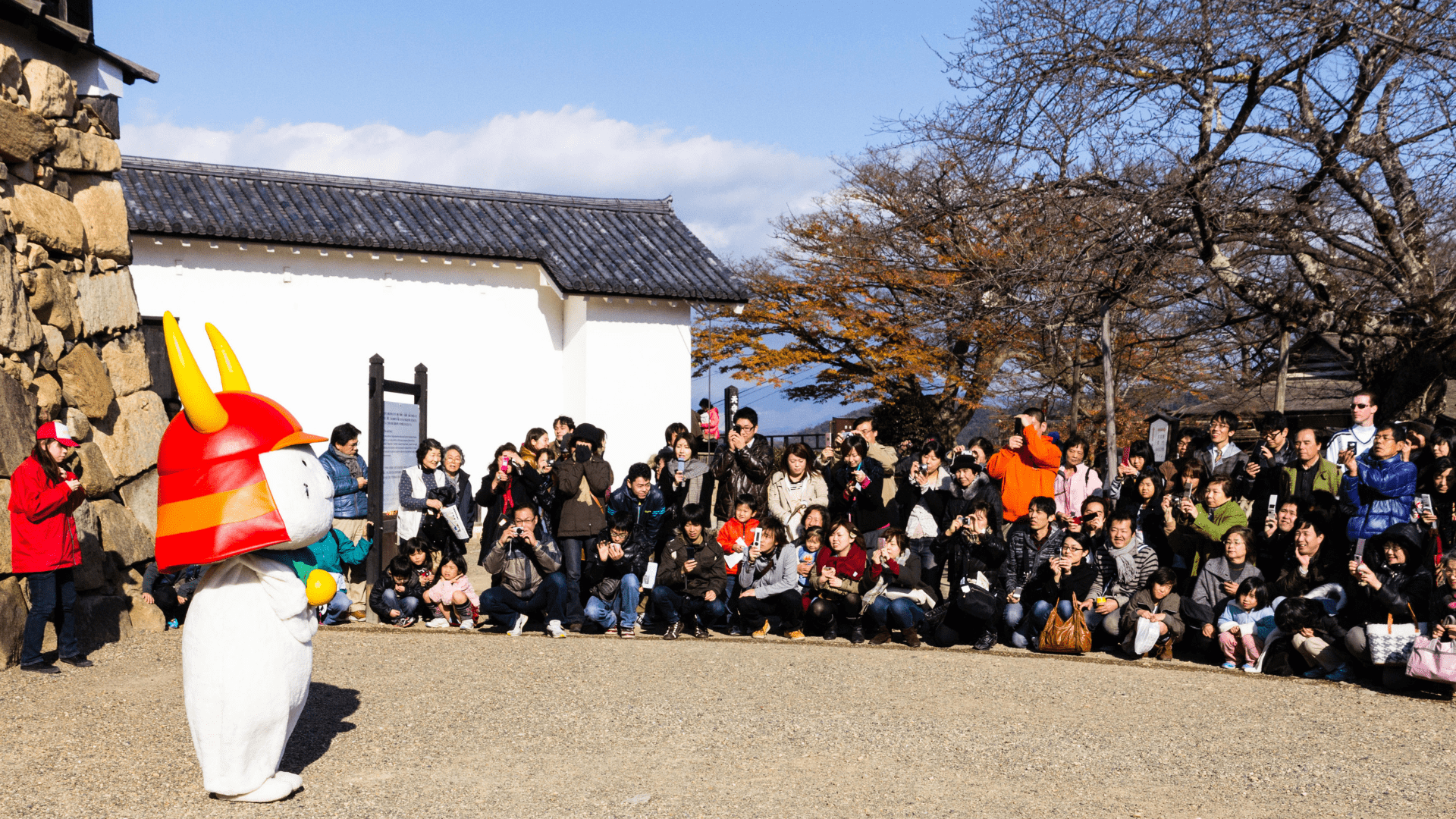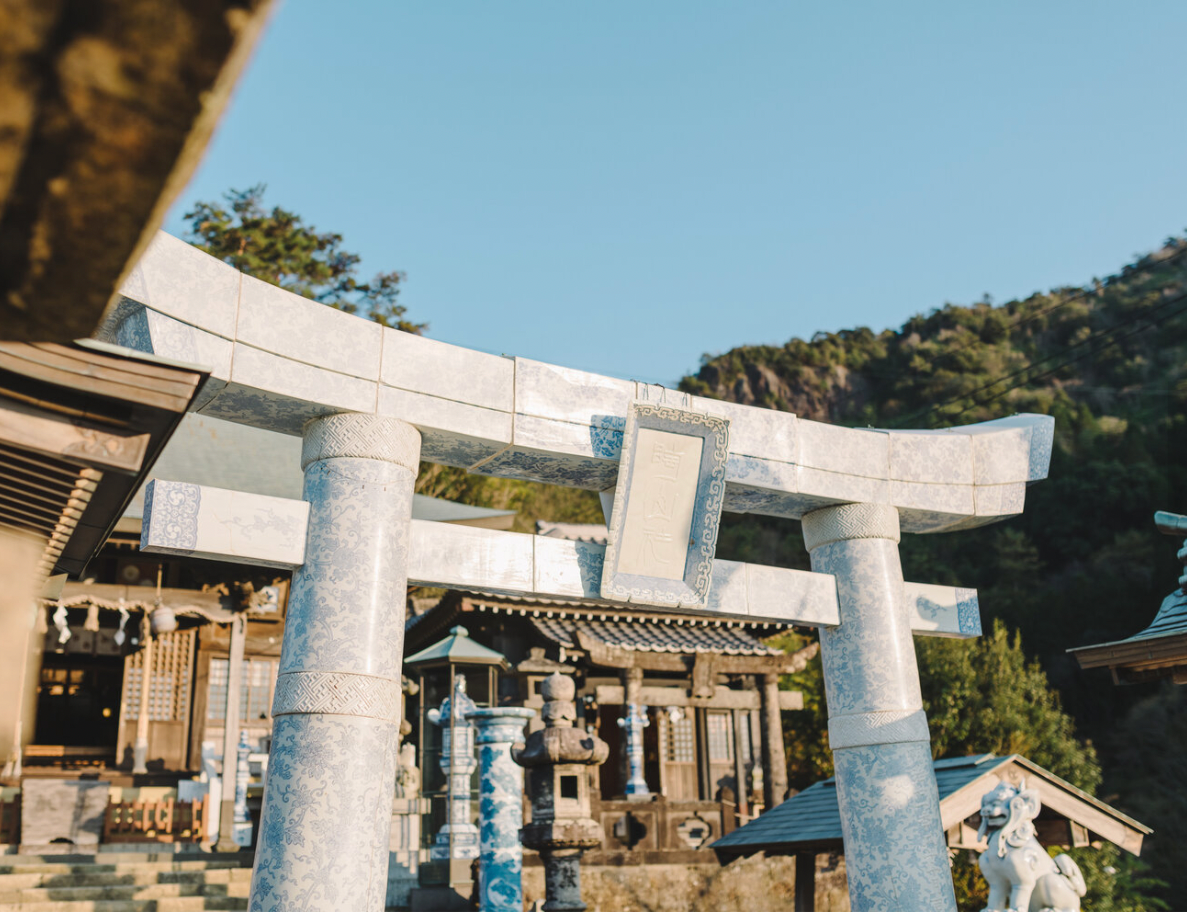
KINTSUGI: THE ART THAT CELEBRATES ERRORS AND IMPERFECTIONS
Japanese artistic techniques are varied and fascinating. One of them is unique in its kind and particularly appreciated throughout the world for many centuries: Kintsugi , an art form that enchants not only for the technical skills necessary for its execution, but also for the philosophical thought that it has stimulated. .
The term “Kintsugi” (金継ぎ) - literal translation of “fixing with gold” or “golden patch” - is based on a technique that involves repairing broken pottery and crockery, reconstructing the shape of the object by gluing the shards with lacquers mixed with powders of precious metals such as gold and silver. 
A cup repaired with the Kintsugi technique © Motoki Tonn via Unsplash
Kintsugi artisans have handed down this technique for numerous generations : the first traces of similar practices can be traced back to the Jomon period, a very long period of time that goes from approximately 10,000 BC to 400 BC.
The practice as we know it today, however, found its maturity in the 15th century, when the shogun Ashikaga Yoshimasa broke his favorite cup and asked some of the best Japanese craftsmen to repair it; given the high military position of the shogun, the object was repaired with lacquer enriched with gold dust.

Shards ready to be recomposed using Kintsugi © Daniel Tafjord via Unsplash
Three categories of Kintsugi work can be identified. The first is Hibi (ひび), "crack", or the technique that simply involves the reconstruction of the object using the precious glue. Another technique is Kake no Kintsugi Rei (欠けの金継ぎ例), or "example of golden repair (of the missing piece)" and with this working method the shape of the piece of the object is recreated with gold missing, building it to measure. The last of the techniques is Yobitsugi (呼び継ぎ) or "invitation to fix/join", through which a piece from another dish is used to reconstruct the broken object. 
A cup reconstructed using the Kake no Kintsugi Rei technique © Fabio Bastante via VO+
From the moment of its birth, Kintsugi has fascinated the courts of Japan, pushing many rich people to deliberately break their ceramics in order to be able to reconstruct them with this technique.
The object worked through this form of craftsmanship is made a unique and priceless piece , greatly increasing its artistic and economic value : an object repaired through the art of Kintsugi will never have a replica, since two can never be broken pieces identically.

The working tools of a Kintsugi craftsman © Motoki Tonn via Unsplash
Kintsugi also hides a spiritual meaning : a philosophical conception of life and the errors that can be encountered in each person's personal journey. Ultimately, this art celebrates imperfections and scars. According to the thought of this practice, there is no need to hide wounds or be ashamed of them, since these are the result of battles faced and personal victories. It is a synonym of resilience and the ability to get back up after every fall : with every mistake you learn something new and overcome initially seemingly insurmountable obstacles.

A plate fixed using precious pink glue © Fernando Lavin via Unsplash
The charm of Kintsugi continues to inspire many artists from all over the world , who have taken up the technique, or the concept of this practice to interpret their artistic works. The English artist Charlotte Bailey , for example, invented a technique to re-propose the work of Kintsugi using golden fabric instead of traditional lacquer: first she wraps every single fragment of the broken object with a veil and then sews each fragment using thread golden. In the United States of America, however, the artist Victor Solomon renovated a basketball court destroyed by the elements, pouring golden resin into the cracks on the pitch. Now the basketball court is called Kintsugi Court.

Kintsugi Court seen from above © Shafik Kadi via Dezeen
Kintsugi teaches how important it is not to "give up" , work to "pick up the pieces" and build something that can be even more important and valuable. The golden crepe enhances the personal uniqueness of each person and makes each person rich thanks to their suffering and their intimate growth path.
Discover the new " Traditional Kintsugi " course by TENOHA BUNKA ACADEMY.
First appointment on November 13th, 10:00 am
Not through the most common tools, but by touching and mastering with hand original materials Made in Japan, TENOHA MILANO aims to raise awareness and raise awareness of the ancient Japanese art of kintsugi (金継ぎ) with a renewed workshop.
Held by Krista ARTE KINTSUGI, the aim is to bring to life and experience the original and traditional method of this fascinating art. 


